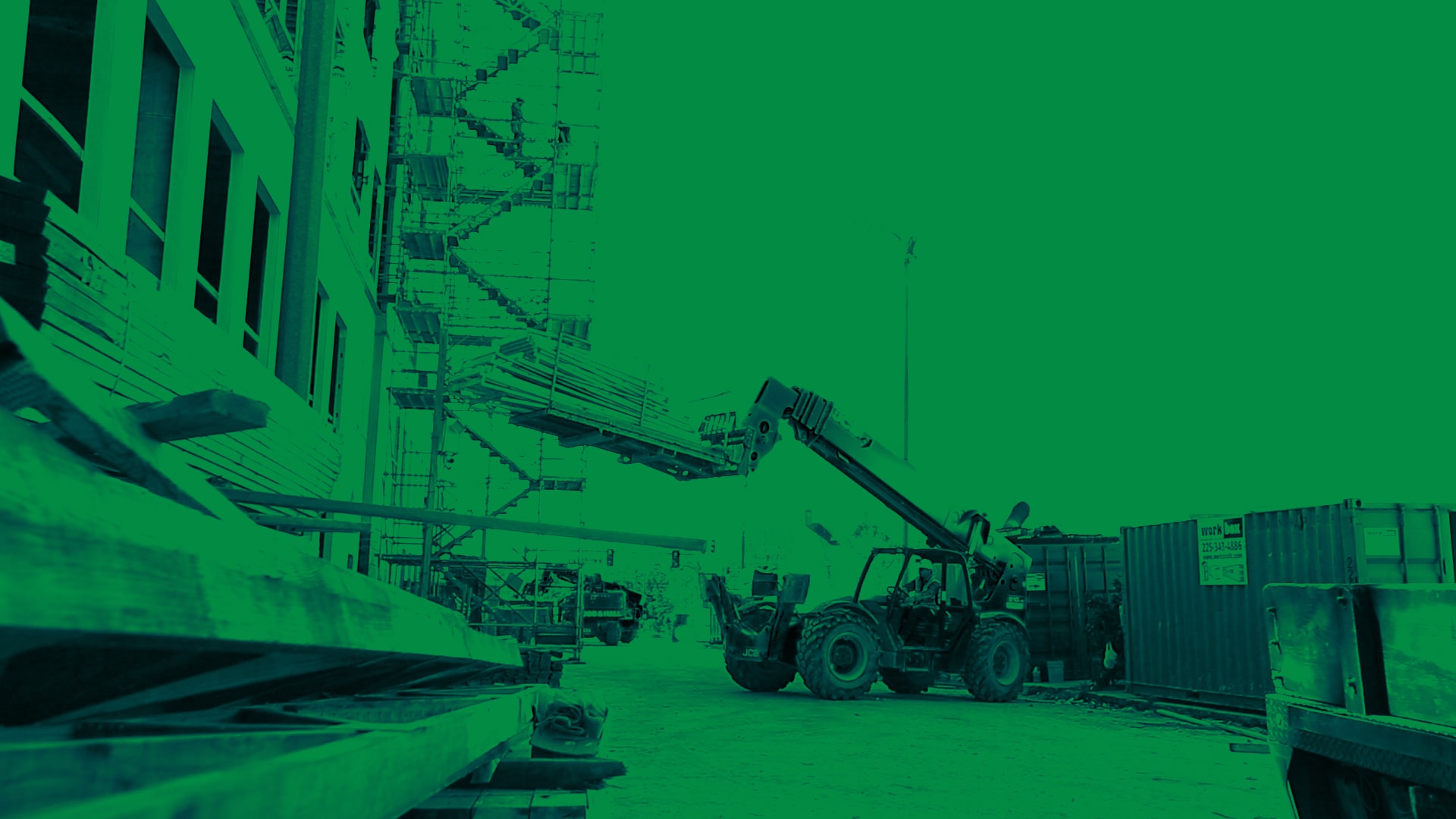
Most business owners recognize that a good safety record is an excellent asset for a company to have. Not only is there a moral obligation to ensure that operational activities are conducted in a safe manner, but it is also a legal requirement.
In addition, safety at work can affect the ability to attract new clients and retain existing ones. A good safety record can be one of the deciding factors which prompt customers to opt for your goods or services rather than those of your competitors. Many companies even report a reduction in their insurance premiums as it becomes apparent that their safety record is improving.
With so many benefits, clearly instilling a culture of safety compliance throughout any company is a priority. The challenge for a significant number of enterprises is finding a way of ensuring that every member of staff commits to the need to operate safely during every part of their working day.
We have taken a look at some of the key ingredients needed to maximize the chances of achieving the positive, committed approach to health and safety which your company needs for sustainable success in this area of its activities.
Safety compliance is far more than the absence of unexpected events. Unfortunately, sometimes an unexpected event will occur despite rigorous attention to health and safety. Conversely, some companies will tick along for years without anything untoward occurring, despite having a casual approach to the issue.
A low incidence of near misses or accidents isn't necessarily an indicator that successful compliance is being achieved. Aiming for zero unexpected events (or as close to zero as possible), is a popular outcome for many companies, but may not be the most appropriate for measuring the culture of compliance that exists within an organization.
Safety compliance is as much about a mindset and a commitment to incorporating safety into the heart of every activity. A helpful concept may be to consider what a culture of compliance would look like. How would the company and the individuals which constitute it act if safety compliance was always a priority? By identifying what successful compliance would look like, it's possible to design key indicators or strategic objectives which encapsulate which aspects of compliance are of particular importance when it comes to your individual company.
Once there is a clear vision of what a compliant working environment will look like, coupled with measurable objectives to determine progress, implementation of the necessary steps becomes much easier.
One of the most powerful stimuli for proactive safety compliance is the recognition by the senior management team (SMT) and/or executives, that safety is a key priority. This means the team needs to gain the knowledge and understanding of the issue necessary to place it alongside their other key areas of business development.
Unfortunately, there is a tendency to concentrate on objectives centered around productivity, efficiency, or investment in future growth, rather than the promotion of a safe way of working. Once the individuals which lead the company have a clear understanding of and commitment to the role and importance of safety compliance management, it is far easier for it to filter down as a key driver of successful working.
It is helpful to remember that health and safety compliance directly impacts the ability to achieve almost all other key objectives: from improving staff retention through to enhancing productivity, reducing overhead, or ultimately generating a healthier bottom line, health and safety compliance is essential to sustainable success.
Workers and managers may be willing to buy into compliance, but without an appropriate system in place, doing so can be a challenge. Although there are several different systems that can be purchased off the shelf to monitor and assist with compliance, it is vital that information and reporting systems are tailored to suit the individual needs of each company.
In many cases, health and safety guidelines or procedures need to be designed to fit the needs of the specific department, activity, or location. Systems need to be as simple, relevant, and accessible as possible to ensure that every member of the team finds compliance not only as easy as possible but also the preferred course of action.
Setting up a customized management system may well require additional resources, but this will pay off in a safer workforce that results in better productivity and fewer incidents.
Like any other company priority, time and resources need to be set aside to ensure that the job can be done properly.
Not only is it important that there are sufficient resources for adequate training, information, and assistance on all aspects of health and safety, once workers can see that the issue is a strategic priority, as evidenced by the diversion of resource towards it, then they are more likely to get on board.
Investing in the right training also enables workers to become more comfortable with any changes which are required. Nobody likes change, which can be used as a reason for not adopting more beneficial working practices. By devoting time and expertise to ensuring workers are equipped with the knowledge, skills, and resources they need for compliance, the barriers to achieving the cultural change you wish to see are much easier to overcome.
Inevitably, the adoption of a safety-compliant culture will take time. Handling the matter in the same way as other changes are handled within the company will help give the best chance of achieving the results you are looking for.
Regular safety audits and checklists are an important part of ensuring safety compliance at every level. Checklists can be used in isolation, or as part of an overall compliance system. Advances in IT mean that discreet actions can be recorded, then fed into larger-scale compliance documentation automatically. This makes monitoring and subsequent evaluation of progress far easier to achieve. In addition, checklists can provide vital evidence that compliance is taking place. This is particularly important should an unexpected event occur, as a company can then prove that appropriate measures were in place to minimize the risk of adverse circumstances occurring. If you are looking for ways to augment your existing system or bridge potential gaps, a safety compliance checklist could help.
You should conduct an audit at least once per year. You can do this internally or use a third party safety consultant.
Workers may wish to comply with the various regulations regarding safety, but find that there are barriers to doing so consistently. Inaccessible equipment, for example, onerous reporting systems, time-consuming requirements, or inadequate training can all mean that adhering to safe working becomes more difficult.
When it comes to maximizing the chances of instilling a safer culture, listening to the concerns and frustrations which workers have is crucial to ensure more than lip service is paid. By responding proactively to any practical considerations (for example making sure that workers are given sufficient time to fill out any reporting requirements, or that safety equipment of the correct type is readily available), it is possible to significantly enhance both the level of compliance and the willingness to comply. This should be backed by instructions to managers to make health and safety compliance central to their activities.
If the message is being cascaded down the organization that compliance matters, it is far easier for workers to perform their role in the desired manner.
Like any other objective, when it comes to workplace safety compliance, regular review and monitoring are important. Monitoring can provide the information needed for the SMT to assess progress to date and decide what, if any, additional measures are needed to carry forward the transformation towards a positive culture of safety compliance.
It is also appropriate to build in periodic reviews and evaluations of how well the changes being implemented are contributing towards the achievement of the desired outcomes. This might include not only consideration of monitoring data but also feedback from external clients, team leaders, workers, and other interested partners.
By obtaining a 360-degree perspective of the current state of play when it comes to health and safety compliance, it is easier to see the wider impact of the work, as well as put in place any further action if needed. By putting health and safety at the heart of an organization's activities, it is possible to accrue a wealth of benefits that extend far beyond a reduction in unexpected events.
Our Safety Compliance Guide provides you the information you will need to help you understand the fundamentals of setting up a properly functioning safety program that will help you:

Lance is a motivated asset to any team. He and his team are sincerely dedicated to providing for the well-being to both employee and business partners. His primary skill in my opinion is utilizing his resources to get the job done.

Tanya Guidry CSP, CONTRACTOR HE&S COORDINATOR AT CHEVRON
SafetyPro Resources keeps our company up to date with the latest safety requirements so I can focus on other aspects on our projects. From safety inspections, safety meetings, to response to unexpected events, I know that I can rely on SafetyPro to be there for us.

Adam Bourgeois PROJECT EXECUTIVE, MILTON J. MOMACK, INC.